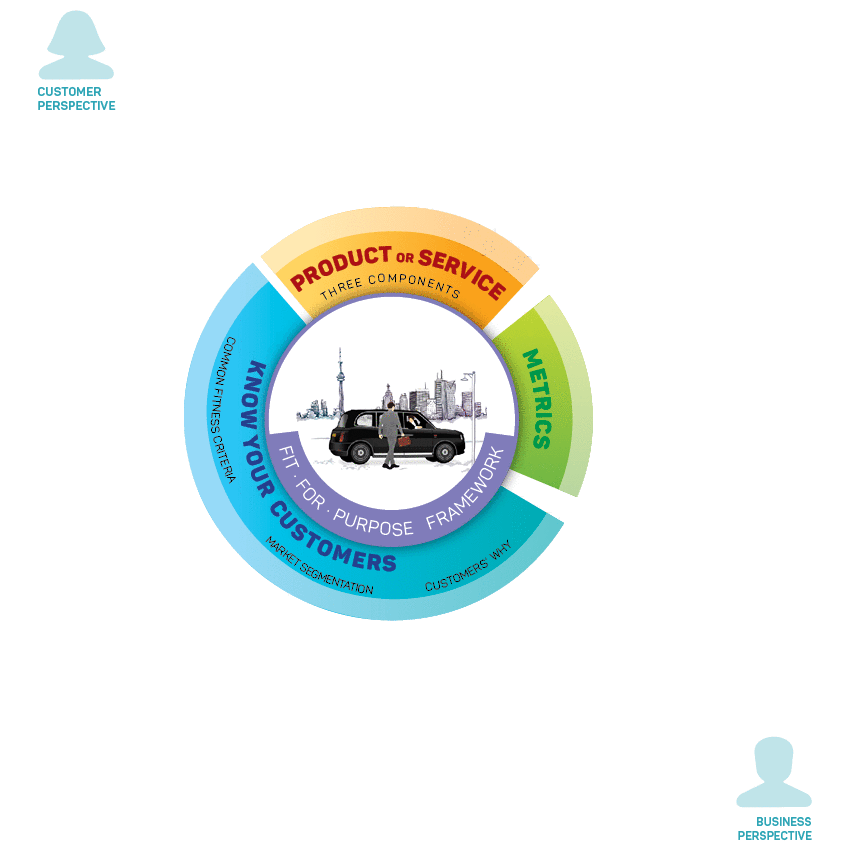Only through May 1st, take advantage of our Special Promotion on all Kanban+ products. Check out our Special Prices today and don’t forget to subscribe before the offer expires!
Discover Our Pluses!

BWK+ (Better with Kanban)
Read Discovering Kanban, the new version of the original Blue Book. The first book in the four-volume “Better with Kanban” series which will provide complete coverage of the Kanban Method and its implementation.

KMM+ (Kanban Maturity Model)
Read the KMM book and gain access to unpublished materials, a well-stocked library of downloadable KMM posters, templates, videos, resources, and more.

F4P+ (Fit for Purpose)
Is your customer experience fit for purpose? Find out with F4P+! Learn how to use the F4P customer satisfaction survey, segment your market, and collect the right data.
Additionally, with your Kanban+ subscription you will receive:
- New posters!
- Downloadable assets (brochures, infographics, templates)
- Expert videos
- Online learning experience
- Case studies
- …and much more!
Don’t MISS the opportunity!
Join the Kanban+ community today!
“KMM Plus is my reference guide to consult everything related to the Kanban Method and its success stories. This tool also allows me to have it in several languages. I really like having all the Kanban and Fit for Purpose posters to consult and download. By being able to navigate through the posters and jump directly to the content chapters you can dive faster into the topics. I love it and highly recommend it.”
Lisardo Cordero García
Kanban Trainer & Consultant
Upthink








